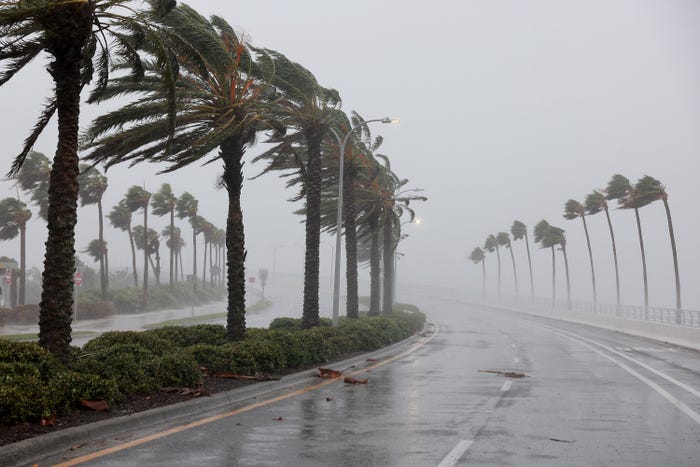Palms, like other tropical plants, thrive in Florida’s climate and hurricane-prone areas, but must be protected against storm surge and other factors which could damage their roots or crowns.
Just a few simple steps can protect your garden and yard plants from hurricane-related damage. Hydration is key, though make sure not to overwater. Mulch provides another useful protection, by controlling soil moisture and preventing girdling.
Crape Myrtle
Crape myrtle (Lagerstroemia species) has long been an iconic feature of southern landscapes, first introduced into Charleston, South Carolina by Thomas Campbell in 1790 and now cultivated over 200 years into an incredible variety of cultivars with distinct characteristics. The experts at Tampa Tree Service (http://www.tampatreeservice.org) can help identify this type of tree.
These evergreen plants make great specimens or groups in any landscape setting, including formal, cottage and butterfly gardens. Furthermore, they make excellent hedge or barrier plants in street and community plantings alike; providing light yet moderately dense shade with attractive exfoliating bark.
Crape myrtles bloom from July to September and come in various shades, such as white, pink, red and purple. Though drought-tolerant, they require regular deep watering in order to avoid air pockets and dry roots. A layer of mulch around its base may provide added protection while helping even out soil moisture throughout the season; this practice helps prevent soil erosion while protecting roots during hurricane weather events.
Date Palm
No tropical landscape would be complete without palm trees, and Florida offers plenty of varieties. But most require special care in order to flourish in its cool temperatures.
Proper hydration is key, but overwatering can lead to root rot. A regular deep soak should suffice and will allow your plants to develop strong roots that can withstand high winds during hurricanes.
Pruning palms is also essential, as overly dense branches can become projectiles in high winds. When pruning palms with care and without taking away too many leaves from their canopy, this will protect future development of your tree and ensure its resilience.
Mulch, such as shredded bark or compost, around the base of your palms can provide insulation against colder winter temperatures while simultaneously increasing hydration and preventing soil erosion. Aim for 3-4 inches of mulch around their bases.
Pindo Palm
Palm trees can withstand the force of hurricanes as they’re native to tropical and warm regions, where their long trunks sway in high winds while their broad fronds let most of it through. Pruning should be carried out carefully, removing dead or weak branches that could become projectiles during an attack and over-fertilization which makes trees more prone to damage.
The Pindo Palm (Butia capitata) is an elegant feathery-frond palm with a striking combination of gray-green to blue-green fronds that can reach 6-8 feet tall in USDA Zone 7b-11. Due to its stunning beauty and cold hardiness, this tree makes a popular choice for smaller lawns or to add flair in the backyard of antique Florida bungalows or ranch style homes.
Pindo Palms can be protected from frost damage by covering them with a thick layer of organic mulch; this will help regulate soil temperature and protect their roots. Likewise, covering the palm on nights when freezing temperatures are forecast will help avoid frost damage to its fronds and trunk.
Sabel Minor
If you’re in search of an extremely wind-tolerant palm, consider Sabel minor. Its cold-hardiness and fast growth makes it suitable for growing in diverse soil conditions; ideal as either a specimen tree or understory plantings; plus it even tolerates salt well! Sabel minor is also an excellent option for coastal gardens due to its salt tolerance.
Properly maintaining a stand of palms is crucial to protecting your property during a hurricane. Trees with overly dense foliage are more likely to uproot, while an evenly balanced canopy can withstand strong winds more effectively.
As Tampa falls within USDA Zone 9b, certain palm species may not withstand our winter temperatures well enough. Therefore, it’s wise to use trees that have proven suitable to our climate – two such cold-hardy palm options include the pindo palm and saw palmetto.

